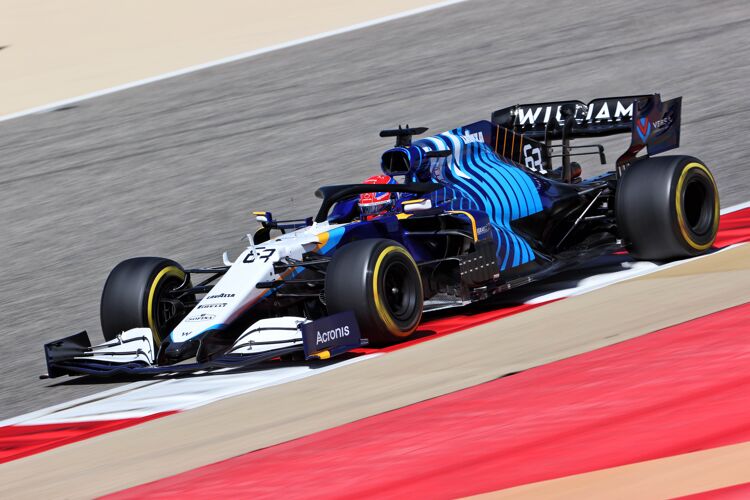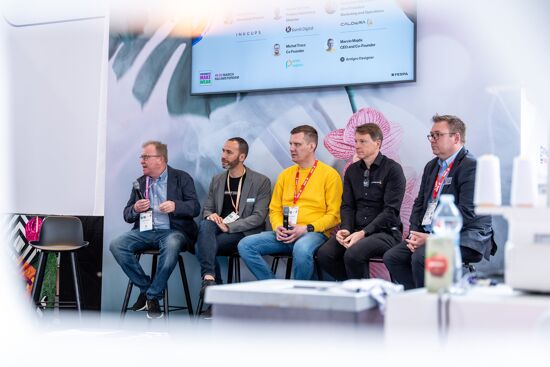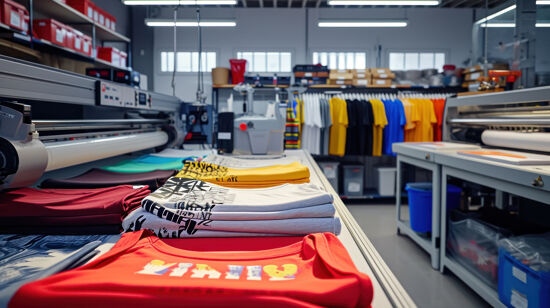3D print makes its mark in Formula One with Williams Racing

Polymer 3D printer manufacturer Nexa 3D has entered into a first-of-its-kind partnership with Williams Racing, in a deal that will see its technology used to support the Williams Formula One motor-racing team.
Under the agreement, Williams Racing and Nexa3D will work together on a range of projects featuring Nexa 3D’s polymer 3D printing hardware and software technology.
This will include using the Nexa 3D NXE400 ultrafast photoplastic 3D printer to manufacture functional wind tunnel parts for aero testing purposes.
Nexa 3D’s software will also allow for high-performance additive manufacturing processes, using computation architecture to develop light-weighted parts and accelerate the file-to-part process.
According to Nexa 3D, this will enable Williams Racing to quickly design and manufacture complex, light weighted parts in a matter of minutes, compared to hours with traditional manufacturing, while also minimising material usage and waste.
Speaking to FESPA.com about the new partnership, James Colgate, operations director at Williams Racing, said being able to design, develop and manufacture an F1 car as quickly and efficiently as possible is key to its success, and as such, polymer 3D printing was an effective solution.
“Additive manufacturing is a fast changing, and growing technology, which originally was something that was seen as the future, however it is now very much the present, and something we have been working with for many years,” Colgate said.
“Technologies such as additive manufacturing are a valuable tool to be able to respond to the developmental changes as affectively as possible.
“It is a well-integrated and robust form of manufacturing. Working with innovative companies like Nexa3D allows Williams acing to stay abreast of the latest and greatest technology in the industry.”
Colgate added such is the potential of polymer 3D printing that he sees this sort of technology playing an increasingly important role in the future for Williams Racing and Formula 1 motor racing as a whole.
“We have seen additive manufacturing grow massively over the last 15 years,” Colgate said. “Originally a very industrial technology, it is now available at desktop scale for anyone to use.
“As the market grows we will see new processes and materials emerge all of the time. As an ever-evolving industry, and through our partnerships, we will continue to remain close to these latest technology, material and process developments.”
Nexa 3D co-founder, chairman and chief executive, Avi Reichental, added: “Our partnership with Williams Racing represents the fusion of top-tier engineering and race car performance.
“Few companies appreciate speed like Williams Racing and they represent the perfect partner for our polymer 3D printing technology.”
Discover the latest in 3D printing at the Global Print Expo 2021, Europe's leading exhibition for screen and digital wide format print, textile printing and signage. Discover the latest products, network with like-minded individuals and explore new business opportunites. Register your interest here.
Topics
Interested in joining our community?
Enquire today about joining your local FESPA Association or FESPA Direct
Recent news

Why are more printers turning to consignment stock management?
Robin East, Group Chief Commercial Officer at UFABRIK discusses how consignment stock management is gaining popularity in the print industry, offering improved cash flow and operational efficiency. It ensures on-site stock availability, enhancing customer service and reducing delivery times. This approach also promotes sustainability through consolidated shipments and fosters stronger supplier-customer relationships.

Personalisation Experience reaches new heights as it confirms inaugural SmartHub feature
FESPA has confirmed the introduction of its new inaugural SmartHub feature, taking place within Personalisation Experience 2025 from 6-9 May 2025 at the Messe Berlin, Germany.

Driving Product Personalisation in Garment Decoration with Digital Printing Technologies
Digital printing revolutionises garment personalisation, meeting rising consumer demand for unique apparel. Brands like Swag.com and Printful leverage AI and automation for efficient, on-demand customisation. Challenges include scaling and sustainability. FESPA 2025 showcases technologies driving this personalised e-commerce future.

How is On-Demand Customisation transforming Apparel?
On-demand customisation is reshaping apparel, moving from mass production to personalised, sustainable fashion. Digital printing, AI, and 3D sampling enable tailored designs, reducing waste. Challenges include skills gaps and scaling. Personalisation Experience's 2025 SmartHub explores these advancements, fostering a future of democratised design.